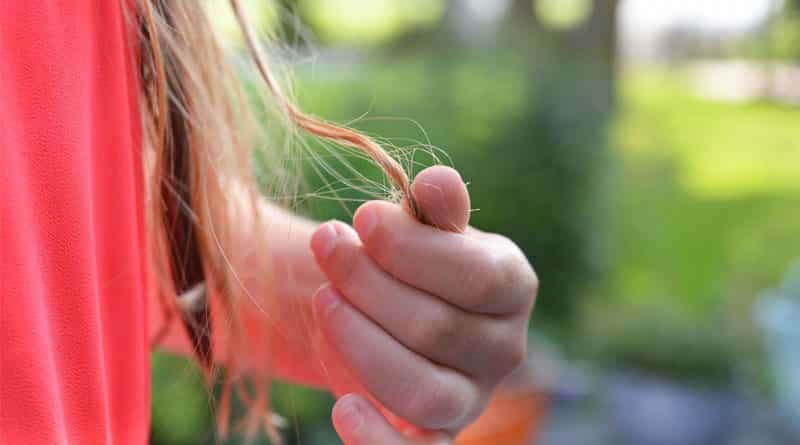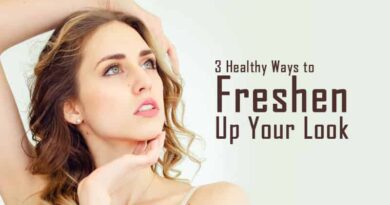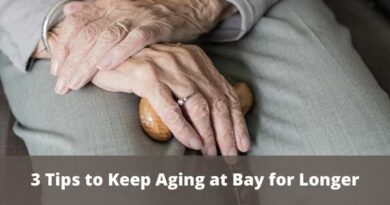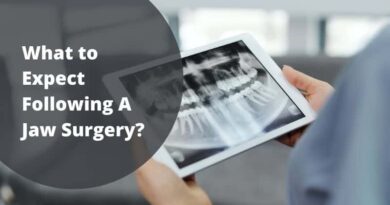Treatments to Control Female Hair Loss
The most popular type of hair loss in women is Female Pattern Hair Loss also known as androgenetic alopecia. Unlike men, women do not go bald but have hair that tapers mainly on the top and front of the head. This can occur at any time, from puberty until later in life. However, this condition occurs more frequently in postmenopausal women.
The diagnosis is corroborated by a careful collection of history (including family history). Other causes should be considered first; therefore, clinical examination and laboratory tests may be necessary. Androgenetic alopecia can have a significant impact on how women perceive themselves, and the damage inflicted on self-confidence can affect their quality of life, leading to a feeling of shame, unattractive, emotional stress, discomfort, and low self-esteem.
Table of Contents
Treatment for Female Hair loss
Few treatments mention below:
- Laser treatment
- hair transplant Nutricap
- Propecia, hair lotions,
- Rogaine, plasma injections
Types of alopecia
Androgenetic
It is the most common form. Hair loss is gradual and permanent. Better known as alopecia in women, this pathology affects both men and women. It is the affected areas that differ. While men will rather have the forehead and the top of the bald head, in women, the fall concerns more the top of the skull with a more diffuse loss.
Diffuse
Diffuse alopecia targets all of the hair acutely. It is often similar to an organism disorder or a lack in the event of chronicity. Identifying the origin of the disorder is essential to deal with the problem effectively.
Read: Tips to Keep Hair Healthy
Circumscribed or alopecia areata
This type of hair loss is limited to a circumscribed area. Psychological factors such as stress are often the cause of local inflammation of the hairline. Treatment with corticosteroids is generally recommended to remedy this.
Congenital
It is the absence of hair roots or a defect in the hair that is the cause of this rare pathological alopecia. The hair follicles are destroyed, which prevents hair regrowth.
Multiple Causes
Seasonal falls
Hair growth varies with the seasons. If in summer, it is facilitated, in autumn and winter, it is the opposite, the hair falls more easily.
Heredity
It is the main cause of androgenetic alopecia. It is hypersensitivity of the hair follicles associated with testosterone which is responsible for this hair disorder. The hair sees its life cycle accelerate and age prematurely.
Read: Supplements for Dry Hair
Hormones
Hormonal imbalance can also cause temporary hair loss. The large variation in hormones experienced after childbirth (sudden drop in estrogen production) explains why women tend to lose their hair during this period of their life.
The stress
In people with a genetic predisposition to alopecia, stress can cause hormonal dysfunction that will promote the production of androgens. This male hormone makes the hair follicles hypersensitive and fragile.
Read: Benefits of Pubic Hair
Nutritional deficiencies
Bad eating habits can also cause hair loss. Certain deficiencies such as a lack of iron alter the health of the hair and make it dry and brittle. What is the relationship between hair and iron? Iron plays a role in the proper functioning of RBC, which is essential for transporting oxygen throughout the body, including in the hair. When these become brittle or they fall in greater numbers than usual, checking its iron level appears as a first avenue to explore.
Alopecia children
Ringworm
Ringworm is caused by a fungus that lodges under the skin at the head level. It mainly affects children between 3 and 12 years old. This microorganism is similar to a yeast infection and infects the scalp causing local hair loss. These are replaced by a red plate with a clear outline. This type of alopecia requires consultation and antifungal treatment. Once cured, the hair grows back normally.
Read: how to Texturize Hair
Other Treatments
In the case of a sudden and probably temporary hair loss, time (a few months), relaxation and a healthy diet (which provides the body with the trace elements necessary for healthy hair growth) may give rise to regrowth normal.
There are hair growth products concentrated in specific active ingredients, which stimulate the microcirculation of the scalp and hair growth (eg “AnastimConcentré” by Ducray, from the Pierre Fabre laboratories, which contains neoruscin, biotin, GP4G, and tocopherol nicotinate).
For more problematic, chronic cases (hair that becomes lightened overall, and in particular with parting), there is a topical solution of minoxidil (Rogaine®) on the market. Some birth control pills have an antiandrogenic effect, which reduces hair loss (Yasmin®, Diane 35®, and all pills containing desogestrel or norgestimate).
The spironolactone may also affect women when minoxidil is ineffective. There is also a fall protection lotion, concentrated in tetrapeptides, which makes hair stronger: Neoptide (by Ducray). Hair micrografting and other surgical methods remain sustainable options.
Read: Aloe Vera for Healthy Hair
Pharmacy services
Pharmacists are familiar with specialized hair dermatological products. If you are concerned about hair loss, don’t hesitate to ask them for advice. Also, if you notice an abnormal massive or patchy hair loss, consult a doctor (an underlying disease may be the cause).
Recommended Articles:
Best Laser Hair Growth Devices
How Much for a Capillus Laser Cap?
Analyze a Hair Client’s Scalp Health








